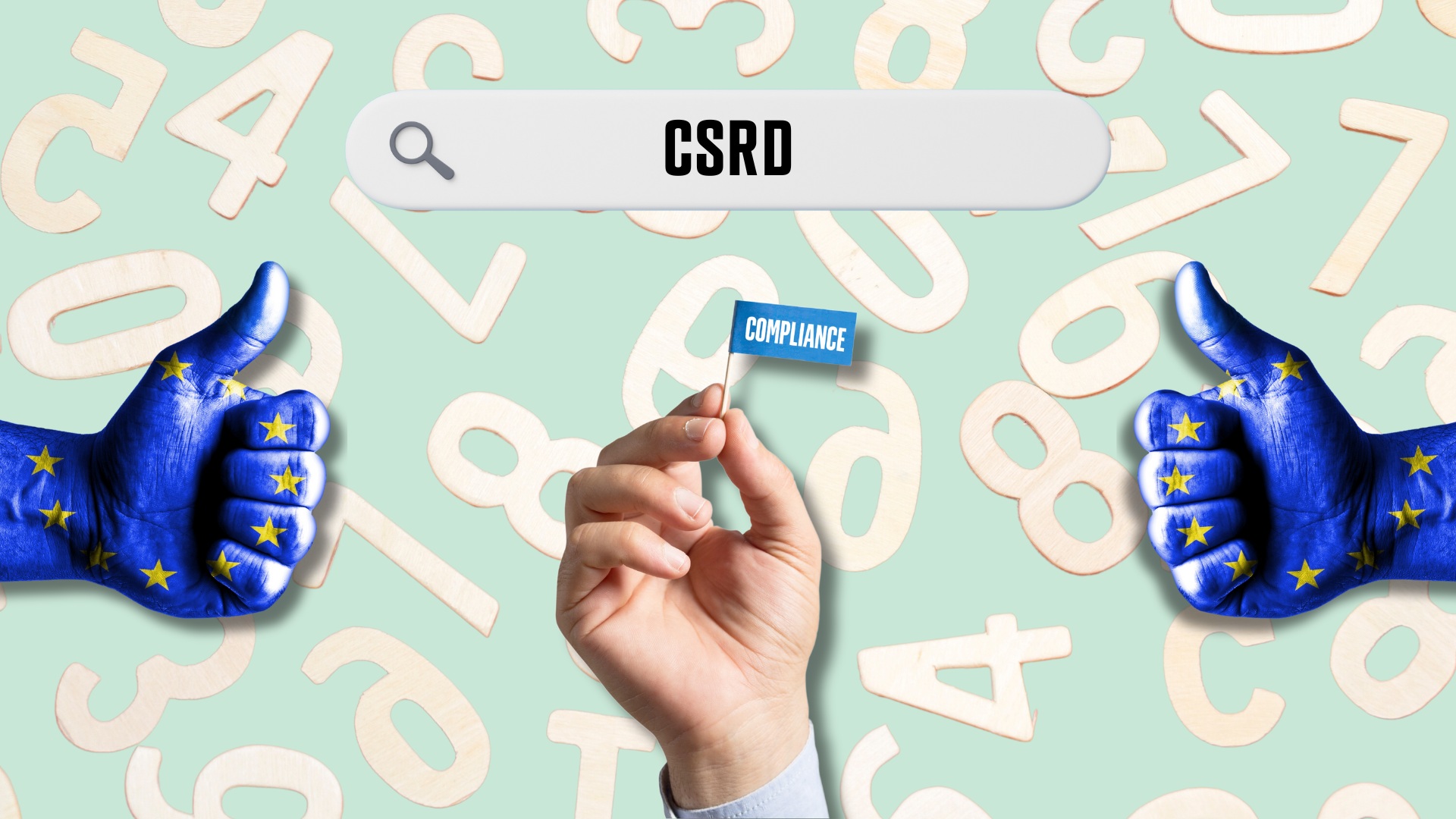
Europe’s new sustainability regulations such as the Taxonomy and CSRD come with a risk: they may turn corporate sustainability into a “numbers game” with compliance being the main (and sometimes only) goal. We risk ending up with lots of reporting but too little actions.
European companies face a wave of sustainability regulations, most notably the Taxonomy, the Corporate Sustainability Reporting Directive (CSRD), and the associated European Sustainability Reporting Standards (ESRS). Some even talk about a ‘regulatory tsunami’ hitting many European businesses. Being sustainable is not just a catchphrase anymore. It has turned into a regulatory reality.
CSRD & the Taxonomy – Two Risks
Without doubt, the arrival of these new regulations is good news, even if they got watered down in the legislative process. They help to level the playing field among European companies and move sustainability away from voluntary commitments. However, with firms, auditors, and consultants embracing these new regulations, I also see two risks that we tend to overlook.
First, there is a risk that we overemphasize compliance and turn sustainability into a “numbers game”. I have no problem with compliance, but the funny thing about compliance is that if it is well managed usually nothing happens (you are compliant after all). If we overfocus on compliance and under-focus on the link between strategy and ESG disclosures, the proactive nature of sustainability can easily become lost. But it is difficult to mandate such proactive treatment of the new regulations. This is a managerial and leadership task.
This brings me to the second risk. The new regulations primarily aim at disclosure. Again, disclosure is not a bad thing. If managed well, reporting creates transparency and accountability. But reporting and actions are two different things. Sustainability actions can lead to reporting, and reporting can uncover the need for new actions. However, reporting can also simply be reporting… We may end up with lots of disclosures, metrics, calculations but still lack substantive sustainability actions.
Beyond Compliance, Building ESG Governance
Addressing these two risks requires that companies look behind the curtain of compliance. There are many ways to work towards better linking reporting and actions. My favorite path is to think much more about ESG governance, in particular the role of the board.
Sound ESG governance can help to connect disclosures to strategy. Often, things do not get done in sustainability because board-level commitment is lacking and executive management is hesitant to act on a broader scale. Do not get me wrong. I am not saying boards are unaware of a company’s sustainability strategy or even not interested in it. In a recent survey, only 11% of boards indicated that they discuss sustainability ‘rarely’ or ‘never’.
But putting ESG issues on the agenda is different from really integrating these issues into corporate strategy discussions. Roughly 70% of directors said that they are not effective enough at embedding ESG issues into the company’s long-term business strategy. Often, the interaction looks a bit like this: VP Sustainability comes to a board meeting, the latest ESG metrics are presented and discussed, next item on the agenda…
CSRD Demands Transparency on Governance
Admittedly, it is difficult to fully integrate sustainability into board discussions. Many practical obstacles exist, e.g., lack of time, competing priorities, lack of structure (e.g., committees), lack of expertise and skills. The good news is that the CSRD itself defines new transparency requirements for boards. At least this give us a better feeling for what boards are doing (and not doing) when it comes to sustainability.
In the future, European companies must disclose, for instance, who is responsible on the board for sustainability oversight, which expertise and skills exist, and how the company’s incentive schemes relate to sustainability. Most importantly, firms will also have to disclose how the board considers sustainability while overseeing corporate strategy (all of this is included into ESRS 2 and reflect mandatory disclosures).
The CSRD even define new tasks for the board’s audit committee, including explaining how the committee contributes to the integrity of sustainability reporting and how it monitors the assurance of the sustainability report (e.g., look at Article 65).
There is no silver bullet to prevent the “numbers game”, but firms can and should look much closer into how new regulations are aligned with and embedded into internal governance structures for sustainability.

Andreas Rasche is Professor of Business in Society and Associate Dean for the Full-Time MBA Program at Copenhagen Business School. More at: www.arasche.com.



